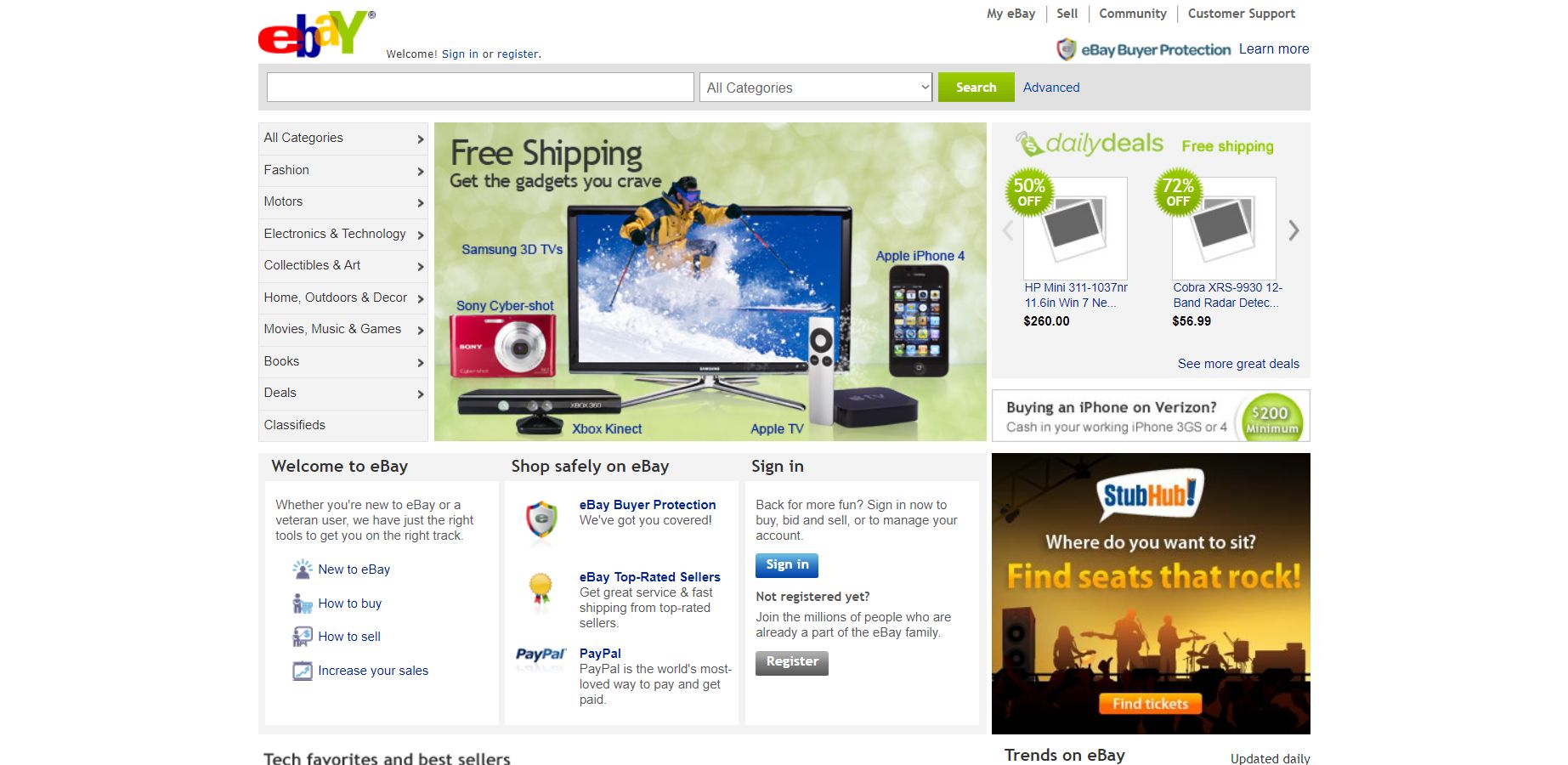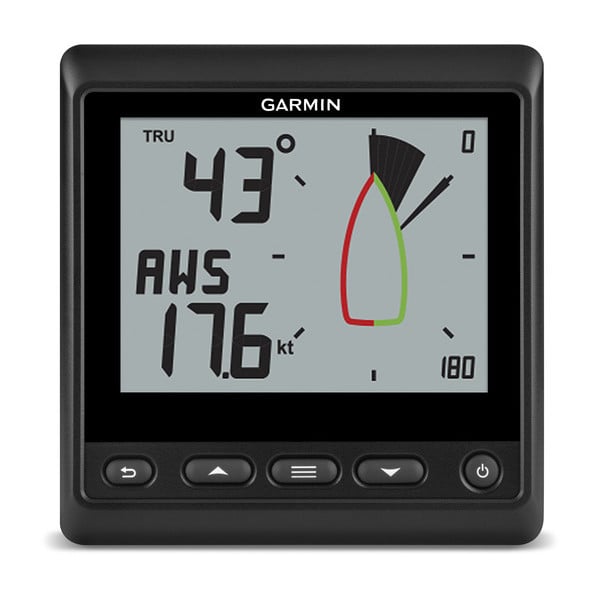Garmin Gnx 20: Full Specifications, Comparisons, Manuals, Pros And Cons, Problems, And Where To Buy
Garmin GNX 20 Information
Introduction
The Garmin GNX 20 is a marine instrument that combines a glass-bonded display with a dot-matrix field to provide clear and concise information about wind, depth, and speed. It is perfect for sailboats and other vessels that require a reliable and easy-to-read navigation display.
Image
Specifications
| Feature | Spec |
|---|---|
| Display | 4-inch glass-bonded LCD |
| Backlight | White, blue, green, red, yellow, or amber |
| Power consumption | 25 mA with no backlight, 400 mA with mid-level backlight |
| Dimensions | 4.7 x 2.3 x 1.2 inches |
| Weight | 5.3 ounces |
| Waterproof rating | IPX7 |
Features
- Large, easy-to-read digits that are scalable up to 36 mm tall
- High-contrast display for excellent readability in direct sunlight, at dusk, or at night
- Dot-matrix field can show additional details and/or graphical information
- Fully customizable user profiles
- Auto-page switching
- NMEA 0183 and NMEA 2000 compatible
What's in the box
- Garmin GNX 20 marine instrument
- Mounting hardware
- Quick start guide
Conclusion
The Garmin GNX 20 is a versatile and reliable marine instrument that is perfect for sailboats and other vessels. It offers a clear and concise display of wind, depth, and speed information, and it is easy to customize to fit your individual needs. If you are looking for a reliable and easy-to-read marine instrument, the Garmin GNX 20 is a great option.
Additional Information
- The GNX 20 can be used with a variety of Garmin marine products, including chartplotters, autopilots, and VHF radios.
- The GNX 20 is also compatible with third-party marine products that support NMEA 0183 or NMEA 2000.
- The GNX 20 is backed by a one-year warranty.
Garmin GNX 20 Compare with Similar Item
a table comparing the Garmin GNX 20 to some similar items:
| Feature | Garmin GNX 20 | Garmin G500 | Avidyne IFD550 |
|---|---|---|---|
| Price | $4,999 | $5,999 | $6,495 |
| Screen size | 5 inches | 7 inches | 7 inches |
| Touchscreen | Yes | Yes | Yes |
| GPS | WAAS/GPS | WAAS/GPS | WAAS/GPS |
| Synthetic Vision | Yes | Yes | Yes |
| ADS-B In/Out | Yes | Yes | Yes |
| AHRS | 3-axis | 3-axis | 3-axis |
| IFR certified | Yes | Yes | Yes |
| Weight | 2.4 pounds | 3.2 pounds | 3.2 pounds |
As you can see, the Garmin GNX 20 is a mid-range GPS navigator that offers a good balance of features and price. It has a 5-inch touchscreen display, WAAS/GPS navigation, synthetic vision, ADS-B In/Out, and a 3-axis AHRS. It is also IFR certified.
The Garmin G500 is a higher-end GPS navigator that offers a larger screen, more features, and a higher price. It has a 7-inch touchscreen display, WAAS/GPS navigation, synthetic vision, ADS-B In/Out, a 3-axis AHRS, and a built-in autopilot. It is also IFR certified.
The Avidyne IFD550 is another high-end GPS navigator that offers a similar feature set to the Garmin G500. It has a 7-inch touchscreen display, WAAS/GPS navigation, synthetic vision, ADS-B In/Out, a 3-axis AHRS, and a built-in autopilot. It is also IFR certified.
Ultimately, the best GPS navigator for you will depend on your individual needs and budget. If you are looking for a mid-range GPS navigator with a good balance of features and price, the Garmin GNX 20 is a good option. If you are looking for a higher-end GPS navigator with more features, the Garmin G500 or Avidyne IFD550 are good options.
Garmin GNX 20 Pros/Cons and My Thought
The Garmin GNX 20 is a high-end multi-function display (MFD) that offers a wide range of features for pilots. It features a 10.6-inch sunlight-readable display, a built-in GPS receiver, and support for a variety of sensors, including weather radar, traffic information, and synthetic vision.
Pros:
- The Garmin GNX 20 is a very capable MFD with a wide range of features.
- The display is bright and clear, even in direct sunlight.
- The GPS receiver is accurate and reliable.
- The sensor support is extensive, allowing you to connect a variety of devices to the MFD.
- The user interface is easy to use and navigate.
Cons:
- The Garmin GNX 20 is a relatively expensive MFD.
- The size and weight of the unit may be a concern for some pilots.
- The software can be a bit slow at times.
User Reviews:
- Positive: "The Garmin GNX 20 is the best MFD I've ever used. The display is amazing, the features are extensive, and the software is easy to use. I highly recommend it to any pilot."
- Negative: "The Garmin GNX 20 is a bit too expensive for my taste. I also wish the software was a bit faster. Overall, I'm happy with the unit, but there are a few things that could be improved."
My Thoughts:
The Garmin GNX 20 is a great MFD for pilots who want the best of the best. It's packed with features, has a great display, and is easy to use. However, it's also a bit expensive and the software can be slow at times. If you're looking for the best MFD on the market, the Garmin GNX 20 is a great option. But if you're on a budget or don't need all the bells and whistles, there are other MFDs that may be a better fit for you.
Overall, the Garmin GNX 20 is a great MFD with a lot to offer. If you're looking for a top-of-the-line unit with a wide range of features, the GNX 20 is a great option. However, it's important to keep in mind the price and the fact that the software can be slow at times.
Garmin GNX 20 Where To Buy
some places where you can buy Garmin GNX 20 and spare parts:
- Garmin: Garmin is the official manufacturer of the GNX 20, so you can always buy it directly from their website. They have a wide selection of spare parts available as well.
- Walmart: Walmart is a great place to find electronics at a good price. They usually have the GNX 20 in stock, and they also have a good selection of spare parts.

- Amazon: Amazon is another great option for buying electronics. They usually have the best prices, and they have a wide selection of spare parts available.

- Best Buy: Best Buy is a good option if you want to buy the GNX 20 in person. They usually have it in stock, and they can help you find the right spare parts for your needs.

- Lowes: Lowes is a good option if you're looking for a more budget-friendly option. They usually have the GNX 20 in stock, and they have a good selection of spare parts available.

- eBay: eBay is a good option if you're looking for a used GNX 20 or spare parts. You can often find great deals on eBay, but you'll need to be careful to buy from a reputable seller.

I hope this helps!
Garmin GNX 20 Problems and Solutions
some common issues and problems with the Garmin GNX 20, along with expert-recommended solutions:
Issue: The GNX 20 won't turn on. Solution:
- Check the power cord to make sure it is plugged in securely.
- Try a different power cord.
- Reset the GNX 20 by pressing and holding the power button for 10 seconds.
Issue: The GNX 20 is not displaying the correct information. Solution:
- Make sure that the GNX 20 is properly connected to the GPS.
- Check the settings to make sure that they are correct.
- Update the firmware of the GNX 20.
Issue: The GNX 20 is not picking up satellites. Solution:
- Make sure that the GNX 20 is in a clear view of the sky.
- Move the GNX 20 to a different location.
- Wait for a few minutes for the GNX 20 to pick up satellites.
Issue: The GNX 20 is not working properly. Solution:
- Contact Garmin customer support for assistance.
Here are some additional tips to help you troubleshoot problems with your Garmin GNX 20:
- Check the owner's manual for troubleshooting instructions.
- Search for online forums or communities where other Garmin GNX 20 users can help you troubleshoot your problem.
- Back up your data regularly so that you can restore it if something goes wrong.
I hope this helps!



Comments
Post a Comment